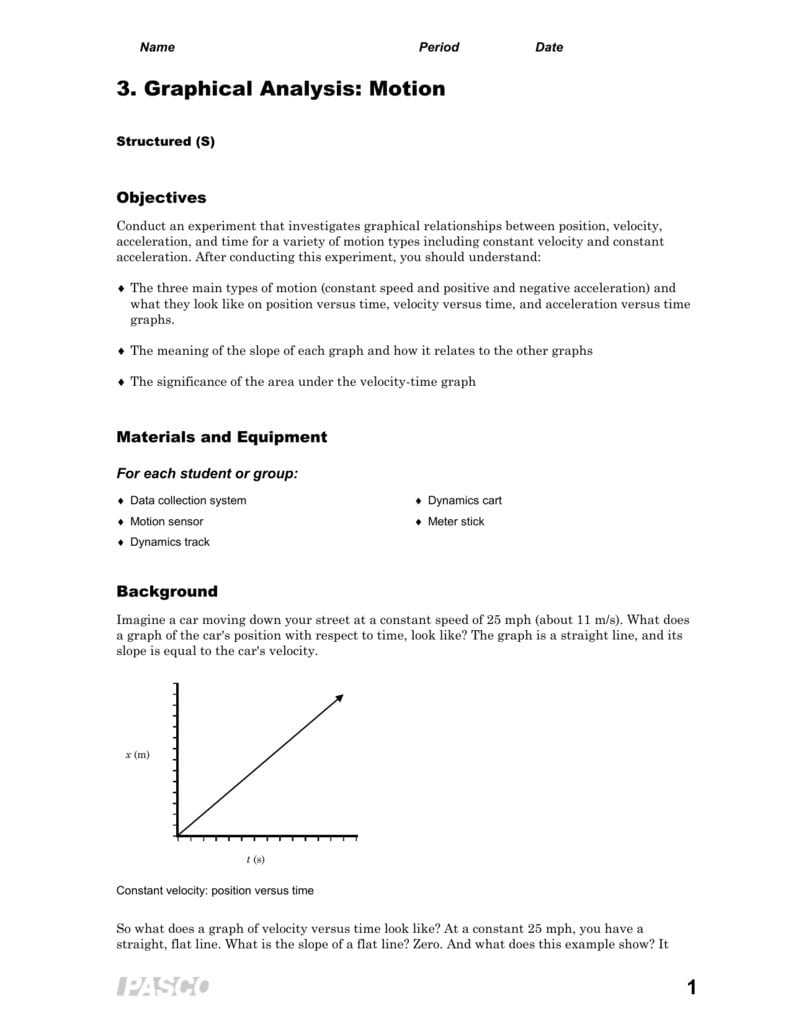

Discovery Study Participants With Missing Eye-Tracking Data (Failed Quality Controls)ĮTable 3. Correlation of Eye-Tracking–Based Indices With Reference Standard AssessmentsĮTable 2. Probability Density Functions of Individual Score Numeric Values Used to Make Index Test Categorical Determinations of Autism vs Nonautism, Plotted According to Reference Standard Expert Clinical Diagnosis in Discovery and Replication StudiesĮTable 1. Eye-Tracking Calibration AccuracyĮFigure 6. Using Kernel Density Estimation to Derive Attentional Funnels and Quantify Dynamic Visual ScanningĮFigure 5. Analysis of Dynamic Visual Scanning and Derivation of Attentional FunnelsĮFigure 4.

Eye-Tracking Data Collection DeviceĮFigure 3. Example Video Stimuli and Coded Regions of InterestĮFigure 2. Elapsed times at the bottom right of still frames highlight the rapidly changing nature of social interaction in which many hundreds of verbal and nonverbal communicative cues are presented, each eliciting age-expected patterns of engagement and offering corresponding opportunities for objective quantitative comparisons of patient behavior.ĮFigure 1. Children with autism present as engaging with toys of interest (1, 3, 5, and 7), color and contrast cues (2, 6, 8, and 9), and objects and background elements not directly relevant to social context (4 and 10-14). The age-expected reference measures can be used to measure and visualize patient comparisons, revealing individual strengths, vulnerabilities, and opportunities for skill building (right columns, sample patient data shown as overlaid circular apertures that encompass the portion of video foveated by each patient ). In relation to those contexts, normative reference measures provide objective quantification of nonautism age-expected visual engagement (middle columns, shown as density distributions in both pseudocolor format and as color to grayscale fades overlaid on corresponding still frames). Measurement of social visual engagement quantifies how a child engages with social and nonsocial cues occurring continuously within naturalistic environmental contexts (left column, shown as still frames from testing videos). Additional information is provided in the Secondary End Point Analyses subsection of the eMethods in Supplement 1.

The adjusted R 2 values were adjusted for measurement error variance of the reference standard (yielding percentage of reference standard nonerror variance explained by the index test). In all scatterplots, circles represent individual data and diamonds represent regression outliers (bivariate outliers identified using Cook distance and difference-in-fits regression diagnostic assessment). D, E, F, Replication study correlations between eye-tracking–based indices and reference standard assessments.

C, Discovery study correlation between eye-tracking–based indices of nonverbal cognitive ability versus children’s nonverbal age equivalent scores as measured by the Mullen. B, Discovery study correlation between eye-tracking–based indices of verbal ability versus children’s verbal age equivalent scores as measured by the Mullen Scales of Early Learning (Mullen). A, Discovery study correlation between eye-tracking–based indices of social disability versus children’s total scores on the Autism Diagnostic Observation Schedule, second edition (ADOS-2).


 0 kommentar(er)
0 kommentar(er)
